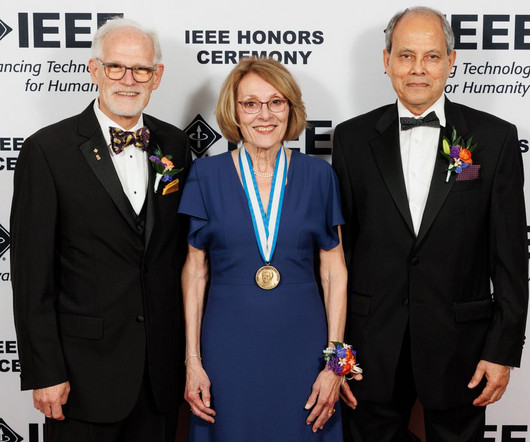Toyota’s Collaborative Safety Research Center launches 5-year, $35M program on autonomous and connected vehicle technologies
Green Car Congress
MAY 31, 2017
These highly advanced systems are radically reshaping the transportation landscape, building a relationship between drivers, occupants and vehicles as teammates working together safely and conveniently. Another, with MIT, modelled in-vehicle voice command systems and driver behavior. —Chuck Gulash, Director of CSRC.












Let's personalize your content